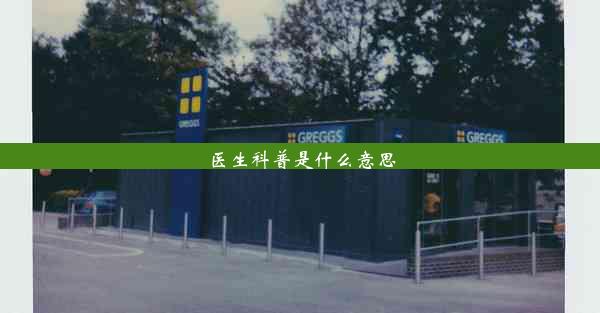
Introduction to Quality Inspection
Quality inspection is a critical process in ensuring that products or services meet the required standards. It involves a systematic examination of the product or service to identify any defects or deviations from the specified requirements. This article aims to explore the art of inspection, highlighting its importance and the various techniques used to ensure quality.
The Importance of Quality Inspection
1. Enhances Customer Satisfaction: Quality inspection ensures that the end product meets the customer's expectations, leading to increased satisfaction and loyalty.
2. Reduces Costs: By identifying defects early in the production process, quality inspection helps in reducing the costs associated with rework, scrap, and customer returns.
3. Improves Brand Reputation: Consistent quality in products or services helps in building a strong brand reputation, which is crucial for long-term success.
4. Complies with Regulations: Many industries are subject to stringent regulations, and quality inspection ensures compliance with these regulations.
5. Enhances Safety: In certain industries, such as pharmaceuticals and automotive, quality inspection is essential to ensure the safety of end-users.
Types of Quality Inspection
1. Visual Inspection: This involves examining the product with the naked eye to identify any visible defects or deviations from the specified requirements.
2. Dimensional Inspection: Using measuring tools such as calipers, micrometers, and gauges, this type of inspection ensures that the product dimensions are within the acceptable range.
3. Functional Inspection: This involves testing the product to ensure that it performs as intended and meets the required specifications.
4. Process Inspection: This type of inspection focuses on the manufacturing process itself, ensuring that it is carried out correctly and efficiently.
5. Statistical Inspection: Utilizing statistical methods, this type of inspection helps in identifying trends and patterns that may indicate potential quality issues.
6. Non-Destructive Testing (NDT): This involves inspecting the product without causing any damage, using methods such as ultrasound, X-rays, and magnetic particle inspection.
Challenges in Quality Inspection
1. Human Error: Despite the use of advanced technologies, human error can still occur during the inspection process, leading to missed defects.
2. Time Constraints: In high-volume production environments, meeting tight deadlines can sometimes compromise the thoroughness of the inspection process.
3. Complexity of Products: As products become more complex, inspecting them for quality becomes more challenging, requiring specialized skills and equipment.
4. Cost of Inspection: Implementing a robust quality inspection process can be costly, especially for small businesses.
5. Lack of Standardization: In some industries, there is a lack of standardized inspection procedures, leading to inconsistencies in the quality of products.
Techniques to Improve Quality Inspection
1. Training and Certification: Ensuring that inspectors are well-trained and certified in their respective fields can significantly improve the quality of inspection.
2. Automation: Implementing automated inspection systems can reduce the likelihood of human error and increase the efficiency of the process.
3. Continuous Improvement: Regularly reviewing and updating inspection procedures based on feedback and lessons learned can help in identifying and addressing potential issues.
4. Use of Advanced Technologies: Investing in advanced technologies such as AI, machine learning, and IoT can help in detecting defects that may be missed by traditional inspection methods.
5. Collaboration: Encouraging collaboration between different departments, such as production, quality control, and engineering, can help in identifying and resolving quality issues more effectively.
Conclusion
Ensuring quality through inspection is an essential process in any industry. By understanding the importance of quality inspection, identifying the types of inspection available, and implementing techniques to improve the process, businesses can enhance customer satisfaction, reduce costs, and build a strong brand reputation. The art of inspection requires continuous improvement and adaptation to the evolving needs of the industry.












